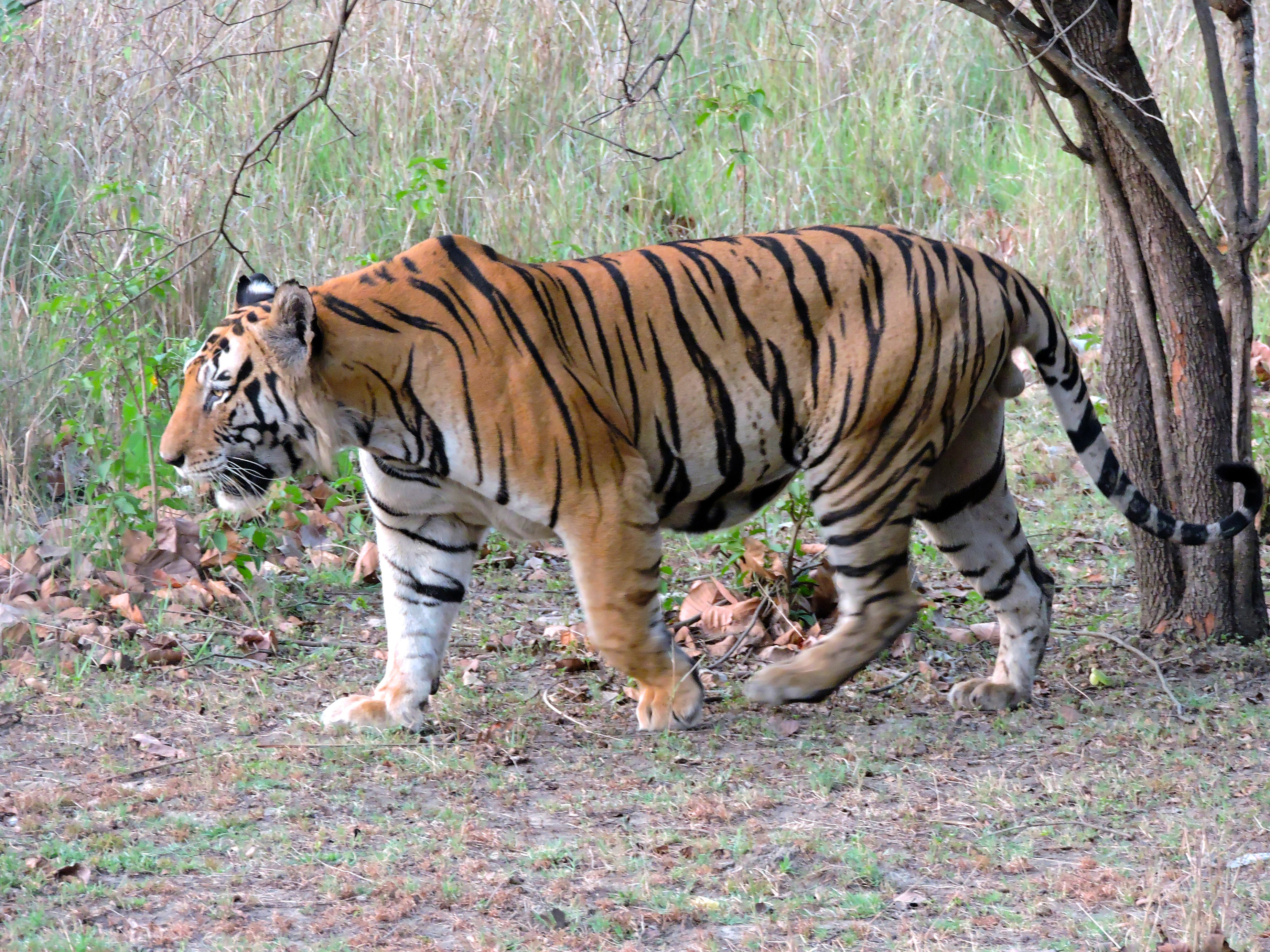|
Total Economic Value
Total economic value (TEV) is a concept in cost–benefit analysis that refers to the value derived by people from a natural resource, a man-made heritage resource or an infrastructure system, compared to not having it. It appears in environmental economics as an aggregation of the (main function based) values provided by a given ecosystem. Value classification The value of an ecosystem can be distinguished as: #Use value — Can be split into Direct and Indirect use values: #* Direct use value: Obtained through a removable product in nature (i.e., timber, fish, water). #* Indirect use value: Obtained through a non-removable product in nature (i.e., sunset, waterfall). #Non-use value — Values for existence of the natural resource. For example, knowing that tigers are in the wild, even though you may never see them. #Option value: Placed on the potential future ability to use a resource even though it is not currently used and the likelihood of future use is very low. This ref ... [...More Info...] [...Related Items...] OR: [Wikipedia] [Google] [Baidu] |
Cost–benefit Analysis
Cost–benefit analysis (CBA), sometimes also called benefit–cost analysis, is a systematic approach to estimating the strengths and weaknesses of alternatives. It is used to determine options which provide the best approach to achieving benefits while preserving savings in, for example, transactions, activities, and functional business requirements. A CBA may be used to compare completed or potential courses of action, and to estimate or evaluate the value against the cost of a decision, project, or policy. It is commonly used to evaluate business or policy decisions (particularly public policy), commercial transactions, and project investments. For example, the U.S. Securities and Exchange Commission must conduct cost–benefit analyses before instituting regulations or deregulations. CBA has two main applications: # To determine if an investment (or decision) is sound, ascertaining if – and by how much – its benefits outweigh its costs. # To provide a basis for comparing in ... [...More Info...] [...Related Items...] OR: [Wikipedia] [Google] [Baidu] |
Tiger
The tiger (''Panthera tigris'') is a large Felidae, cat and a member of the genus ''Panthera'' native to Asia. It has a powerful, muscular body with a large head and paws, a long tail and orange fur with black, mostly vertical stripes. It is traditionally classified into nine Holocene, recent subspecies, though some recognise only two subspecies, mainland Asian tigers and the island tigers of the Sunda Islands. Throughout the tiger's range, it inhabits mainly forests, from coniferous and temperate broadleaf and mixed forests in the Russian Far East and Northeast China to tropical and subtropical moist broadleaf forests on the Indian subcontinent and Southeast Asia. The tiger is an apex predator and preys mainly on ungulates, which it takes by ambush. It lives a mostly solitary life and occupies home ranges, defending these from individuals of the same sex. The range of a male tiger overlaps with that of multiple females with whom he mates. Females give birth to usually two or ... [...More Info...] [...Related Items...] OR: [Wikipedia] [Google] [Baidu] |

